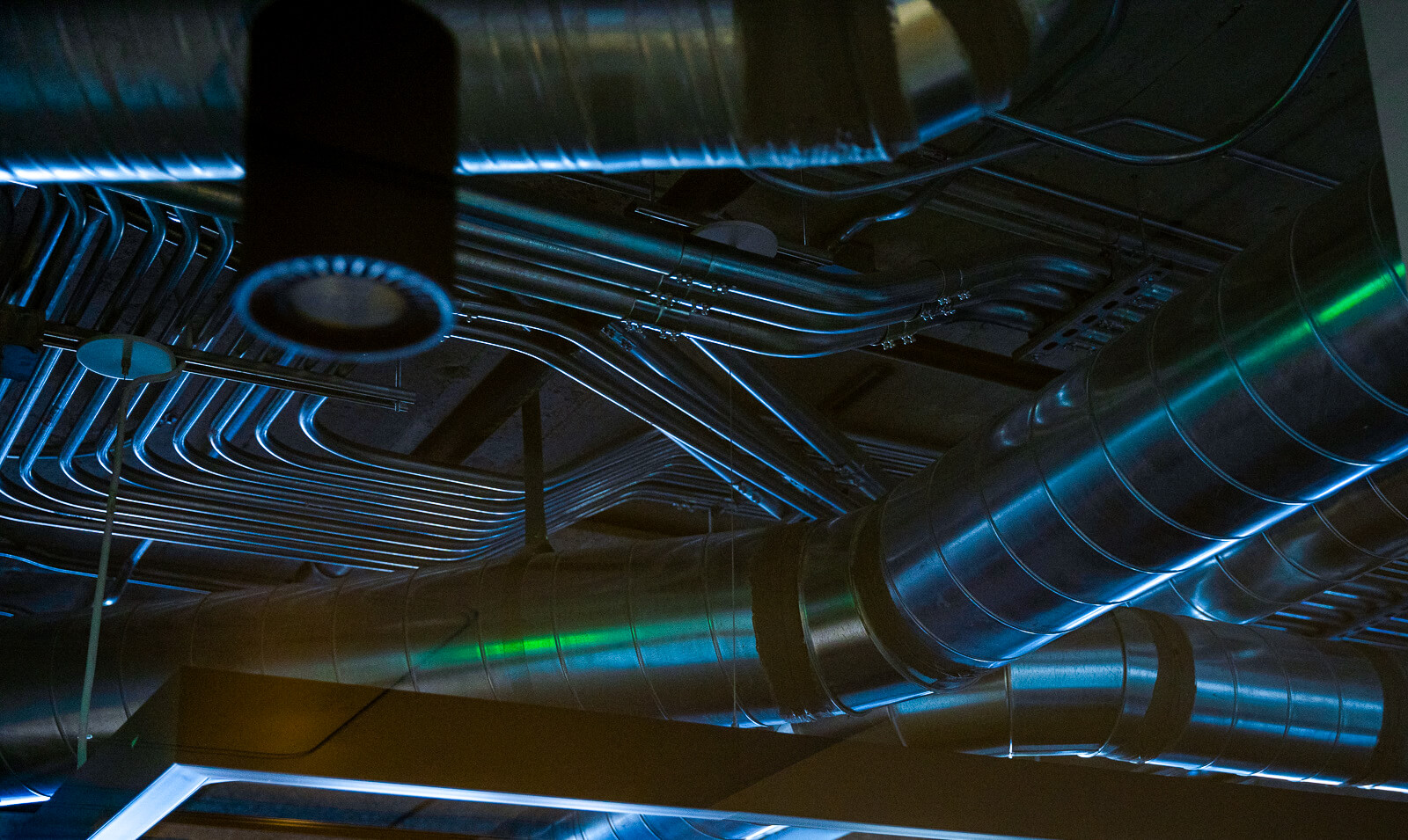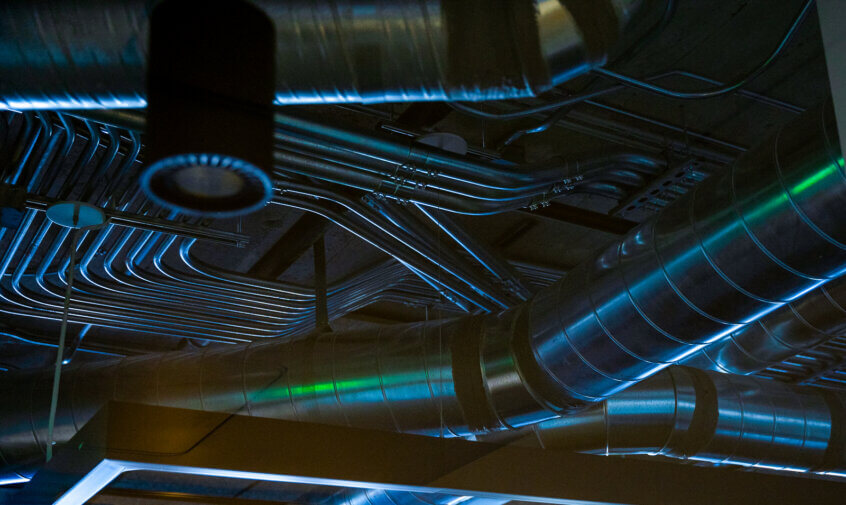
Specifically, freezing temperatures can pose a significant risk for property damage.
Once the air temperature outside drops below freezing temperatures, any HVAC systems exposed to those temperatures risk freezing and rupturing. Tenant comfort aside, this may be the most critical decision many of our customers make during this calendar year. There are many ways to mitigate these risks, but a property owner must be proactive so that measures are in place and properly functioning before every cold season.
Low-Temperature Cut-Out Thermostats
These devices help prevent low temperatures from damaging HVAC equipment coils. If these coils freeze hard enough, they will rupture and potentially cause significant water damage once they thaw out.
Tight Close-off of Outside Air Dampers
Making sure your OA dampers are closing and are in working order can help prevent the stack effect of the building from drawing in low-temperature air that could freeze coils. This also includes ensuring that the damper edge and end seals are in good shape. These seals tend to deteriorate over time and can be a source of low temperatures infiltrating your facility.
Glycol concentration in cooling media is maintained
Glycol can be a crucial part of a chiller’s water system: it lowers the freezing point of water. So, by mixing glycol and water in different ratios, the solution’s freezing point can move up or down. As service to the system happens and leaks occur, the system concentration might change over time. Monitoring the concentration regularly ensures that the system is not at risk.
Heat Trace/Tape
This system ensures that the fluids piping installed on the exterior of the building envelope is heated when outside conditions require it. These heat trace systems are typically not monitored by anything, so it is recommended to have these systems tested before freezing outdoor conditions occur.
Unit Heaters are functional
Unit heaters are commonly used in unoccupied/unconditioned areas of buildings to avoid freezing conditions. These heaters are typically not monitored by any system that could notify the property’s facility team of a problem and should be tested for proper operations.
A change in the weather warrants a change in approach. McKenney’s believes that the best way to solve problems is to prevent them. As a mechanical contractor for more than 70 years, McKenney’s provides highly efficient mechanical systems and a full range of services to meet our client’s needs. We have the expertise to help building managers be proactive by providing maintenance services that keep their mechanical systems running reliably and efficiently. If you have concerns about whether your facility is ready for freezing temperatures, please contact our experts at McKenney’s so we can ensure you are ready.







